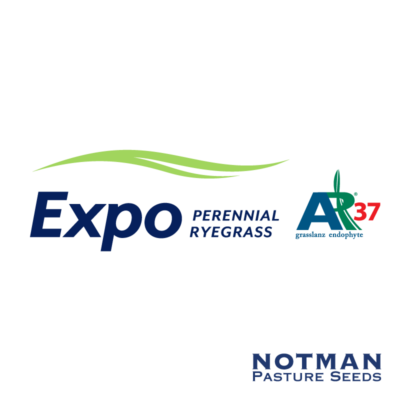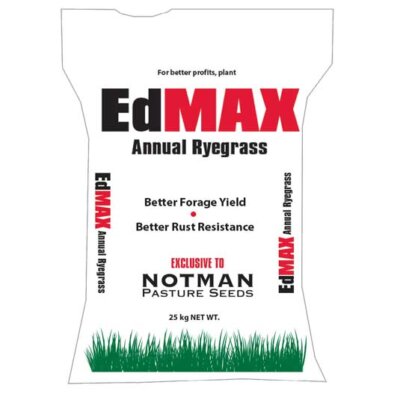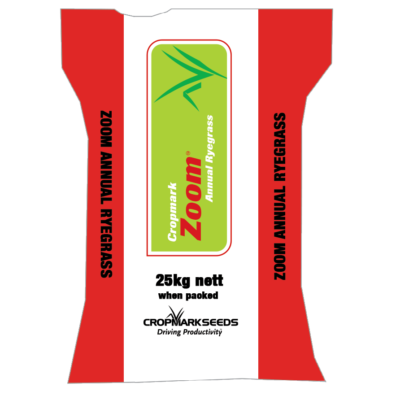Description
Feast II Italian Ryegrass combines excellent winter and early spring grazing or silage making with good quality summer feed. Feast II is a high quality italian ryegrass bred by PGG Wrightsons that is ideal for intensive frequent grazing in a dairy system.
Feast II is available in our Megabite Blends with legumes for added quality late in the season.
- Ready to graze in 45-70 days
- Easily established by over-sowing
- High year round growth rates with excellent disease resistance
- Persists for up to 2 years depending on seasonal conditions
- Holds quality well through summer and autumn
- Sowing rates should be 15–40kg/ha
- Sow as early as possible to maximise winter feed in the first year
- Monitor fertility levels to optimise production
Feast® II tetraploid Italian ryegrass has set the benchmark for quality. It provides exceptional winter and spring growth combined with low aftermath heading. Feast® II offers farmers an excellent return on investment achieved by multiple grazing opportunities during cooler months as well as a high quality hay and silage later in the season.
Feast® II was bred for high quality feed into the summer period coupled with strong growth through winter. This is achieved through its later flowing date and its lower After Math Heading (AMH). AMH is the ability of the plant to revert back into delivering high quality vegetative feed quickly after producing seed heads, rather than continuing to put up seed heads. As a result, the lower the AMH, the better the pasture quality, especially in summer.
Being a tetraploid ryegrass, Feast® II is highly palatable to stock which can lead to improved animal intake and increased production through meat and milk. Many farmers over-sow Feast® II each year into existing pasture to provide extra winter growth of high quality forage. Feast® II can persist for up to 2 years if summer moisture is available or the conditions through the summer months are mild. Alternatively, Feast® II is an ideal specialist crop for hay or silage production.
Breeding
Feast® II was selected as a successor to the original Feast Italian ryegrass. The key criteria that Feast® II was selected for was an increase in dry matter production, increased persistence into the second year, rust resistance (which is a critical trait for the Australian market) and reduced after math heading (AMH). Feast® II has performed extremely well for a number of years and continues to maintain the traits that it was bred for to help Australian farmers grow more high quality feed.
Sowing & Establishment
Feast® II tetraploid seed is heavier than diploid seed, so ideally should be sown at a 40% higher rate than that of diploid cultivars. Sow between 15-40kg/ha using Ultrastrike® film coat seed treatment. Sow as early as possible to maximise winter feed in the first year and monitor fertility levels to optimise production. Pasture Life 6 mths – 2 years
Grazing Management
Feast® II should be sown as soon as there is adequate moisture in the autumn which will maximise winter production. A light grazing as soon as the plants can withstand pulling will encourage tillering as well as growth of other species such as clovers if they have been sown with Feast® II. Ensure you test the plants before allowing stock to graze the paddock otherwise this may cause
significant damage to the newly sown pasture. Further grazing should not occur until the plants have reached the third leaf growth stage. Feast® II is best suited to rotational grazing as
this allows the plant to recover as quickly as possible.
For best persistence and to maximise second year crops, avoid hard grazing over the summer period. Recovery of the plants will be determined by how much residual is left after the grazing period. Avoid grazing to bare ground as this will significantly slow down the rate of recovery after grazing and will be detrimental to the overall production of the ryegrass over the entire growing season.
Grazing Method
Rotational Grazed – Long Term
Number of Grazings + 3
Rainfall
Minimum 500mm rainfall per annum unless irrigated











